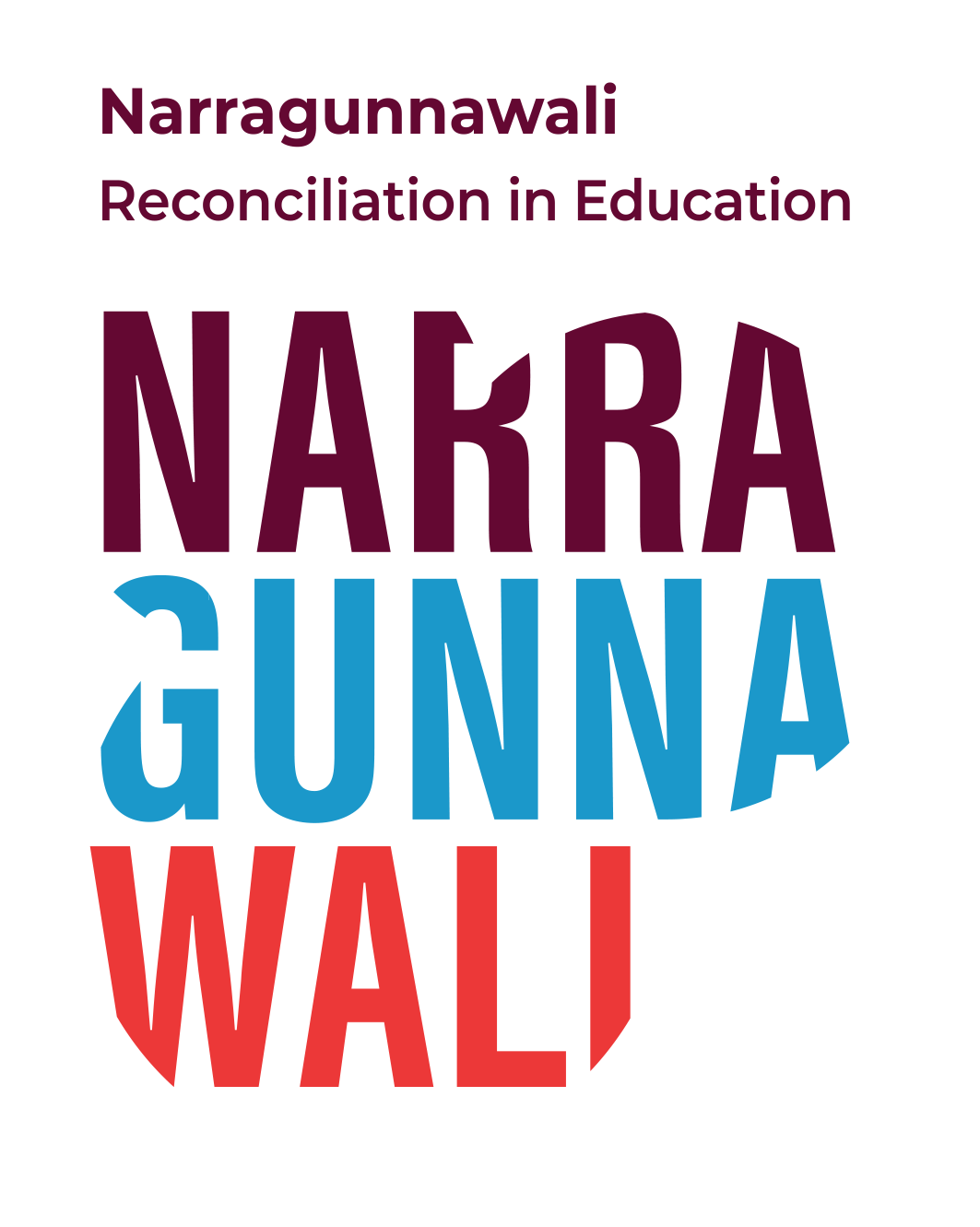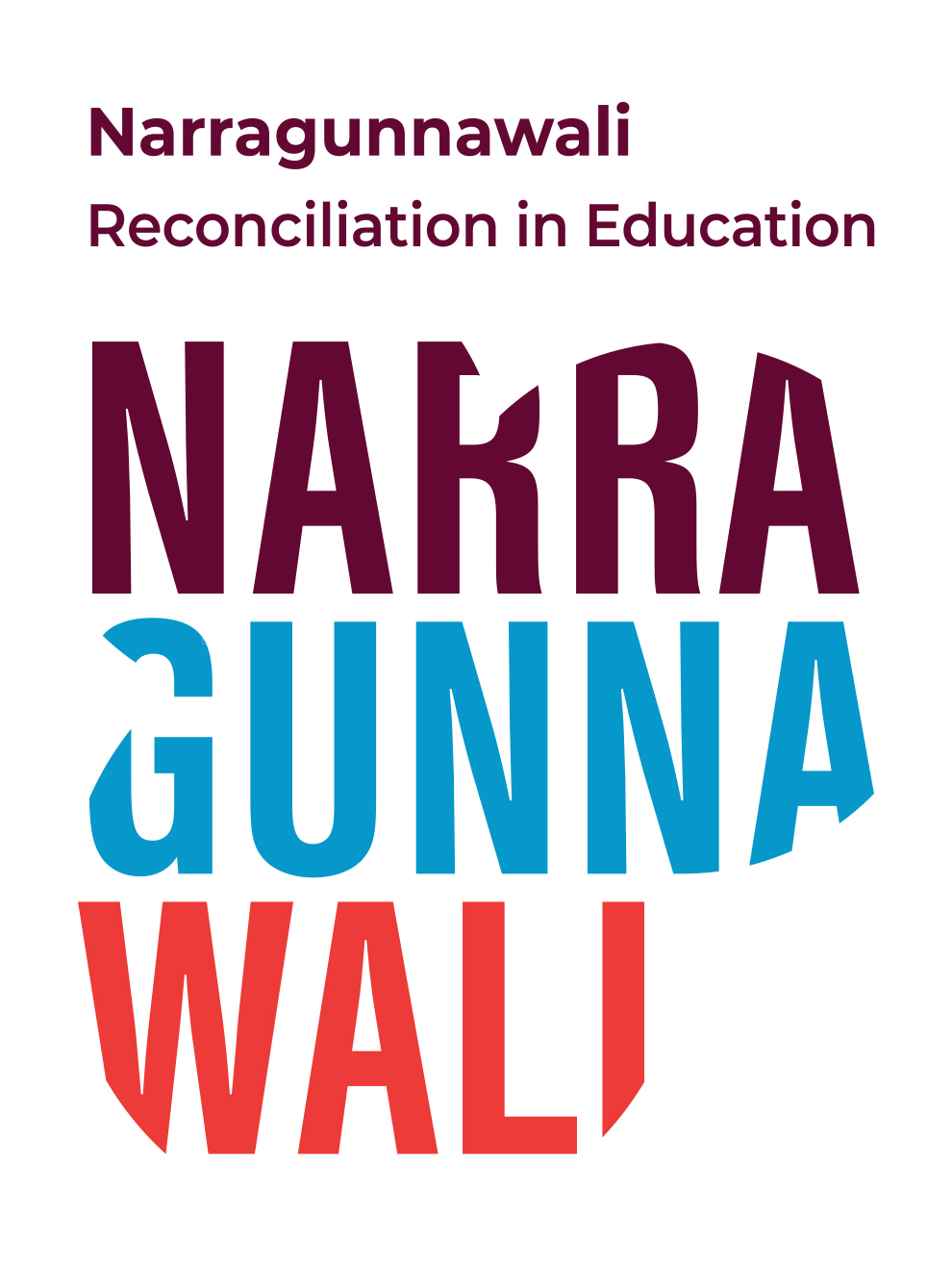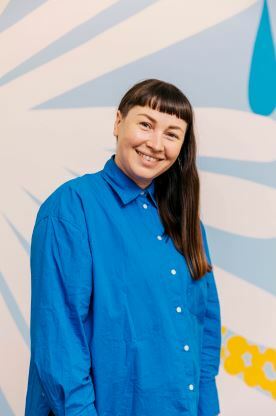TEACHER FEATURE – APRIL PHILLIPS
We checked in with educator and digital arts specialist, Wiradjuri-Scottish woman April Phillips to discuss her education journey and how she has found purpose at the Australian Children's Television Foundation (ACTF).
Could you start by telling us a little bit about yourself?
I am a Wiradjuri-Scottish woman of the Galari peoples of western NSW, now based on Yuin Country. My mission is to be part of engaging learning experiences for the classroom that tell our stories in ways that make sense to the world of the student.
My career journey in learning began by working with young people through the Saltwater Freshwater Aboriginal Arts Alliance. Because of the outcomes of this work, I became drawn to the relationship between creativity, culture and empowerment.
Then, taking to the road with my daughters, I studied creative arts and design online and began working with cultural institutions to develop fun ways that digital could connect national audiences with collections.
I worked with Big hART and the Telstra Foundation to establish a creative youth hub: The Digital Lab on Ngarluma Ngurra. The lab is an ongoing initiative, an after-hours site to build on and learn digital art-making skills, and for sharing the outcomes nationwide via the NEO-Learning platform.
For the past year, I have contributed to the education team at the Australian Children's Television Foundation as the First Nations Learning Designer.
Tell us about your recent work at ACTF.
I feel privileged to work with the team on education resources and live virtual events. The Australian Children's Television Foundation has a small, impactful education team that works to support primary and secondary schools at that national level. I love how we champion Australian screen stories – we have been doing it for 40 years! In my role, I am dreaming up creative ways to bring our content into the classroom; when it comes to our First Nations content, we always look for ways to highlight the perspectives of the creatives and communities involved.
From your experience working with film and screen content, what role can story-telling play in advancing reconciliation?
Storytelling is an integral part of who we are. First Nations creative talent is a gift we can all be so proud of… something we can all engage in and celebrate. I really value how stories can break down barriers and disrupt assumptions – essential steps toward achieving reconciliation. One of my favourite children's series is Thalu from Weerianna Street Media. The story of the environmental crisis draws in the audience. We are treated to the visual joy of the country, costumes and wicked clever humour and entertained with the twists and turns in the narrative. I love how watching Thalu feels like a trip out in the country, with the resilient characters who show perseverance to reach a collective goal to protect their home.
How can teachers and educators use television in their classrooms to prioritise First Nations knowledge and perspectives?
When we plan to engage with First Nations voices in learning activities, we should consider screen text to achieve this. At the ACTF, when we built the Red Dirt Riders learning resource, we created it to be student-facing and incorporate the community's names, voices and perspectives. What is so powerful about this resource is how we move away from anonymous generalisations and make everything specific and tangible to the real world. For example, in each lesson, we made moments where we heard Ngarluma and Yindjibarndi place names as sound recordings. These sound recordings affirm the knowledge aligned with Nanna Allery, Penny, Tyson, Sharliya and others from the series.
What does reconciliation mean to you?
Reconciliation is a journey to be taken with a steady approach over a lifetime. Truth-telling is essential. Being open to learning in uncomfortable spaces is vital. Reconciliation is an opportunity to commit and stick to it. We all benefit when we make room for cultural leaders to be heard and seen.
In the future, I hope to see a wave of First Nations screen stories made in self-determined ways and for them to be shared in classrooms everywhere!


